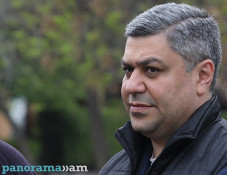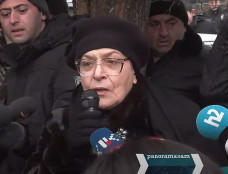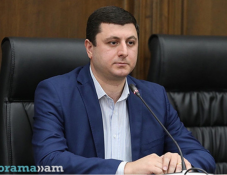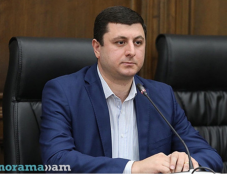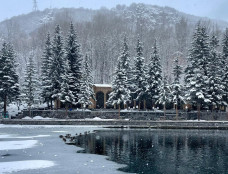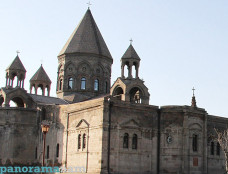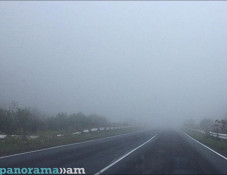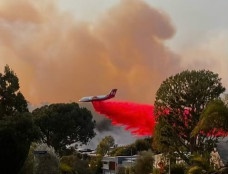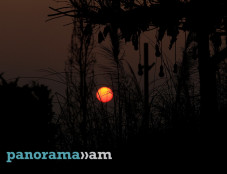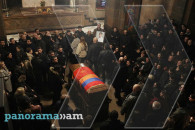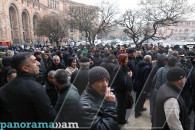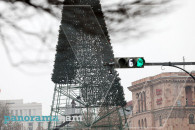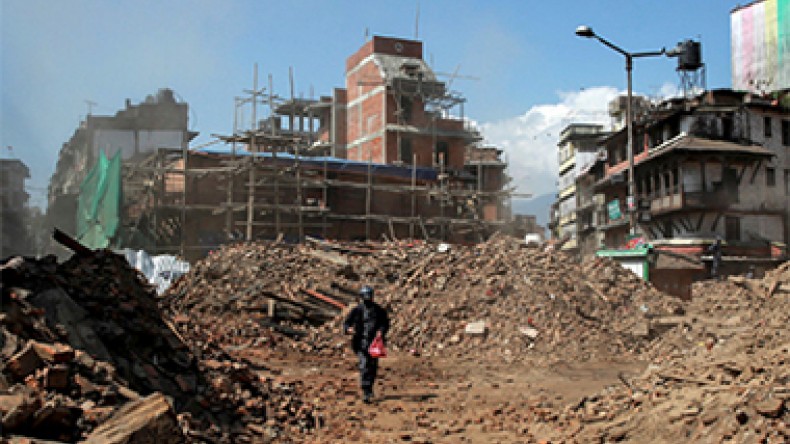
‘Nepal earthquake: Health & safety concerns top priority’
The current priority for aid groups working in Nepal is on rescue and providing people with shelter, food, water, blankets, and medical treatment, Tony Castleman, of Catholic Relief Services, told RT. The longer term recovery might take years, he added.
RT: Nepal has been hit by the worst earthquake in over 80 years which resulted in the deaths of over 4,100 people, massive destruction and, also, triggered avalanches in the Himalayas. How much of a challenge is rescue work in those conditions?
Tony Castleman: It is extremely challenging. And you have not only the situation in the mountains but even in Katmandu itself where there is shock and fear for people to go back into their homes, and for good reason given the aftershocks. As you get further outside of the city into the rural areas, the conditions are worse and the structural integrity of a lot of these houses is very weak and many of them have been destroyed, and even those that haven’t been destroyed are damaged. And with the aftershocks, the large ones that happened yesterday, families are living out in the open. It’s a lot of health concerns, a lot of safety concerns. In the situation like this the immediate needs are for shelter, for food, clean water, hygiene, blankets, material to keep them warm because it is cold...
For groups like us, Catholic Relief Services [CRS], the priority is to meet immediate needs; we are initially targeting 10,000 households with support for emergency shelter, for water treatment kits, for hygiene kits, and for blankets. We expect though that the scale of the operation is going to be quite a bit larger.
RT: Your organization is mobilizing an international response in Nepal. What can you tell us about this international effort?
TC: In fact, the UN cluster system which helps to coordinate all of the different efforts from aid CRS, other groups, and from governments has become active. It is looking at how best to coordinate to ensure that the work that we are doing in certain areas is not being duplicated by groups working in other areas and that we’re able to identify where the greatest needs are.
What we’re seeing in Nepal is its most poor households - the ones that were already living on the edge and barely able to make ends meet - those are the worst affected and the worst able to cope and come back. Medical care is also a high priority not only from the injuries as a result of the earthquake itself, but also psycho-social care, the risk of diarrhea and dysentery. I’m again getting back to the importance of water and hygiene.
RT: How long will it take for Nepal to recover?
TC: It depends a bit from household to household. What we usually see as we initially try to meet these immediate needs, and then later the longer term recovery involves a lot of house reconstruction. Hundreds of thousands of houses are either destroyed or badly damaged. And then there’s a need to look at people’s livelihoods and their incomes because they’ve lost their means to earn money for themselves and for their families. In the case like this you may be looking at years in terms of all the different households that have been affected. But right now the priority is on the rescue... being able to meet people’s immediate food, water, shelter needs; safety also becomes an issue; electricity is lacking. We’re making sure that women and children are protected. What the CRS and other groups do is that after those immediate needs are met, we then immediately start looking at that longer-term recovery.
‘Building standards often come down to economics’
Architect Bob Burnett says New Zealand, which is also prone to earthquakes, has developed strict building codes. That helped to save many lives in the 2011 earthquake that struck in the city of Christchurch.
RT: The scale of destruction in Nepal is immense. Could more have been done to prepare for an earthquake of this scale?
Bob Burnett: The building standards often come down to economics. A lot of the older buildings that we see in Nepal are unreinforced masonry buildings and they are really death traps. We have experienced a very large earthquake in Christchurch [New Zealand] in February 2011, and we’ve learned a lot from that. Ninety percent of the city of Christchurch has been demolished, and only a few buildings collapsed, but most of the buildings were damaged significantly and required demolition. In our city we saw building codes really did their job because they protected life. So we only had just fewer than 200 deaths in Christchurch.
RT: Nepal is quite a poor country. Are there inexpensive steps that can be taken to make buildings stronger?
BB: Technology is continually improving and we are learning all the time. It is like the latest car - it is safer than the previous model. But buildings take longer to rejuvenate - that is a problem. I’d like to see one day buildings are safer, and this is just going to take time. By doing what we’ve done- creating a five star rating system - we can show people that if we going to go into an old historic building to a café to have a coffee you want to know how safe is that building. Our idea is to have an app, so on your cell phone you can see what is the likelihood of this building surviving in an earthquake.
RT: What does a building have to have, what are the criteria in order for it to be safe?
BB: It comes back to the building code. To build a building that is going to be undamaged in an earthquake and just carry on, that might be a five star building. To build a building that is going to protect people from death or injury – that might be a code building which could be three star building.
Newsfeed
Videos







